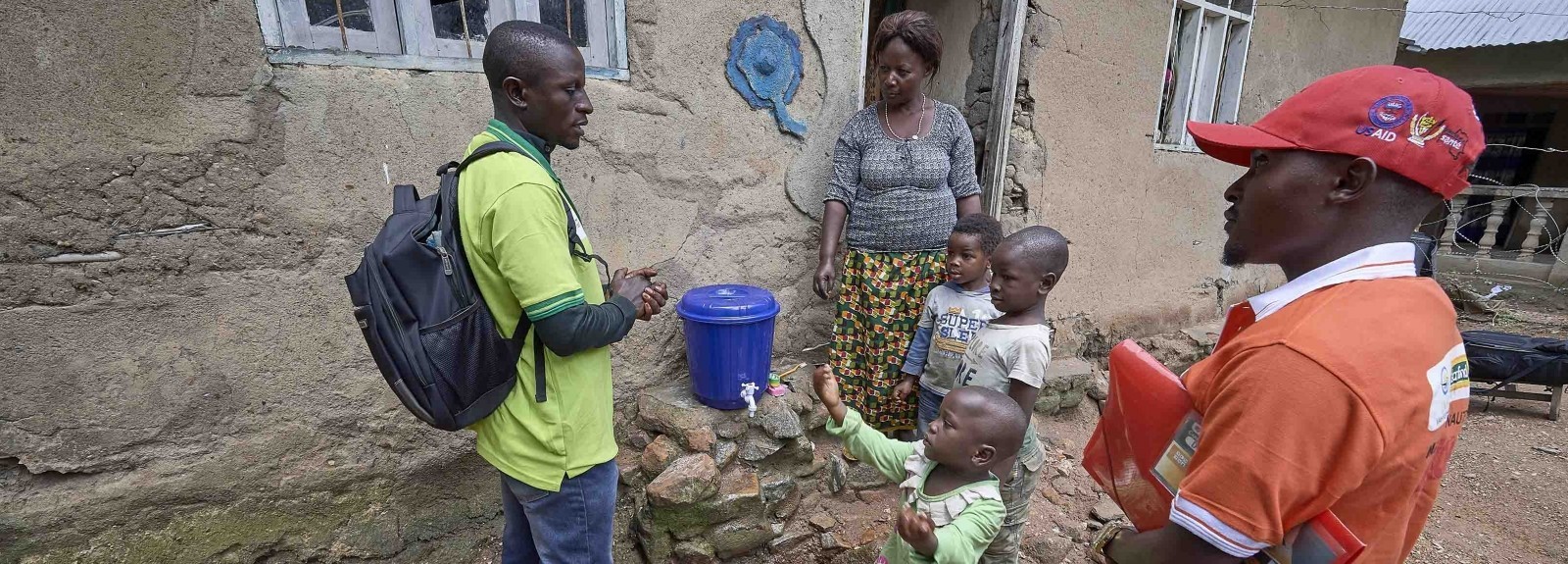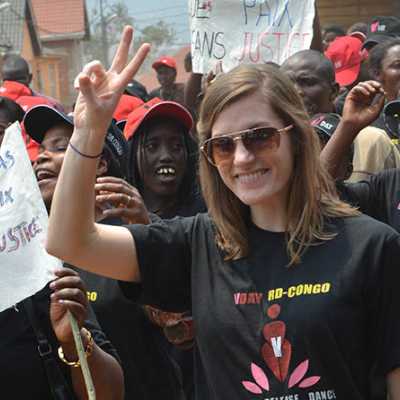Katembo Mastaki Barnabas only wanted to mourn his friend who had died of Ebola. He didn’t realize that attending the funeral would put his own health at risk. But within a few days, he was weak with fever, chills and diarrhea. He thought he might have malaria, so he went to the local health center for medicine.
Thankfully, your love made it possible for the health workers in his village in the Democratic Republic of Congo to skillfully track, treat and contain infectious diseases like Ebola. They maintained a running list of people who were at risk of contracting the virus due to a recent encounter with someone who was known to be infected.
This is part of the process known as contact tracing, a public health best practice that helps officials to stay ahead of the disease’s spread. Because Barnabas attended his friend’s funeral, his name was on the list — allowing health workers to take swift action to quarantine him and get him the testing and treatment he needed right away.
You made contact tracing possible and made sure health workers were well-trained. Because of your love, Barnabas was able to return home after 12 days of treatment. Unlike so many others in his community, Barnabas didn’t die from Ebola simply because he is poor.
How contact tracing works
In Ebola’s hot zone, contact tracers traveled roads and red-clay footpaths, crossing rocky creeks, all to follow the leads they received about someone who may have come in contact with Ebola within the 21-day window that marks the onset of symptoms.
Did the infected person ride a bus? Go to church? Who else did they encounter in the last three weeks? Where do those people live? These are some of the questions contact tracers need to answer while following leads — and they are questions health workers asked Barnabas to determine where he went and who he may have infected before being admitted to the hospital.
It’s a tedious and sometimes hazardous job, but it’s an essential one. Contact tracing gives public health officials a full picture of information, helping them to know where to guide resources and interventions in advance of the spread, and to respond accordingly where the epidemic has taken root.
Our experience with contact tracing
Along with our partner IMA World Health, your love and generosity took us to the epicenter of the recent Ebola outbreak. This meant working closely with local faith-based partners to carry out contact tracing and other services deeply in communities where outsiders may not gain access.
In addition to tracking leads, contact tracers and other health workers instructed communities in the importance of handwashing, of being vaccinated for Ebola and of seeking treatment if symptoms occur. This helped to save lives and keep the disease from spreading further. In some parts of the DRC, the contact with trusted local health workers also fostered an increase in the public’s use of all types of health services at a time when severe distrust of international aid organizations brought security concerns.
Contact tracing and COVID-19
Contact tracing was highly effective in helping to contain the recent Ebola outbreak in central Africa — and it’s also a process that will be essential as COVID-19 continues to advance in developing countries. Building on lessons learned from the Ebola outbreak, we are ready to put contact tracing and other best practices into action to help communities in the new fight against the novel coronavirus.
Thank you for walking with our vulnerable neighbors as they fight these diseases. We know that COVID-19 may have an even more devastating impact on the poorest of our neighbors, but we also believe nobody should be left to suffer or die just because they are poor. We’re grateful for your commitment to reaching those who need it most, and we’re committed to walking with you — until your love reaches every neighbor.
Stop the spread of coronavirus
Your gift will help save lives.



